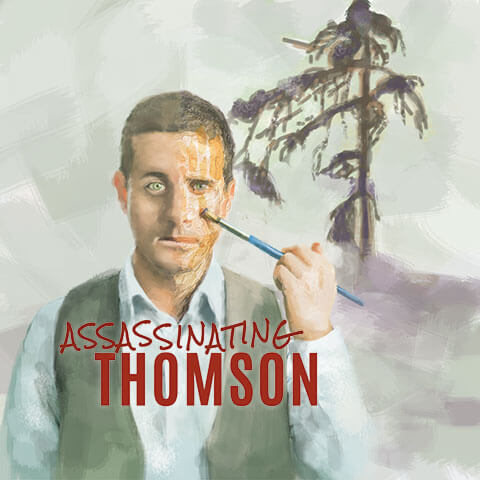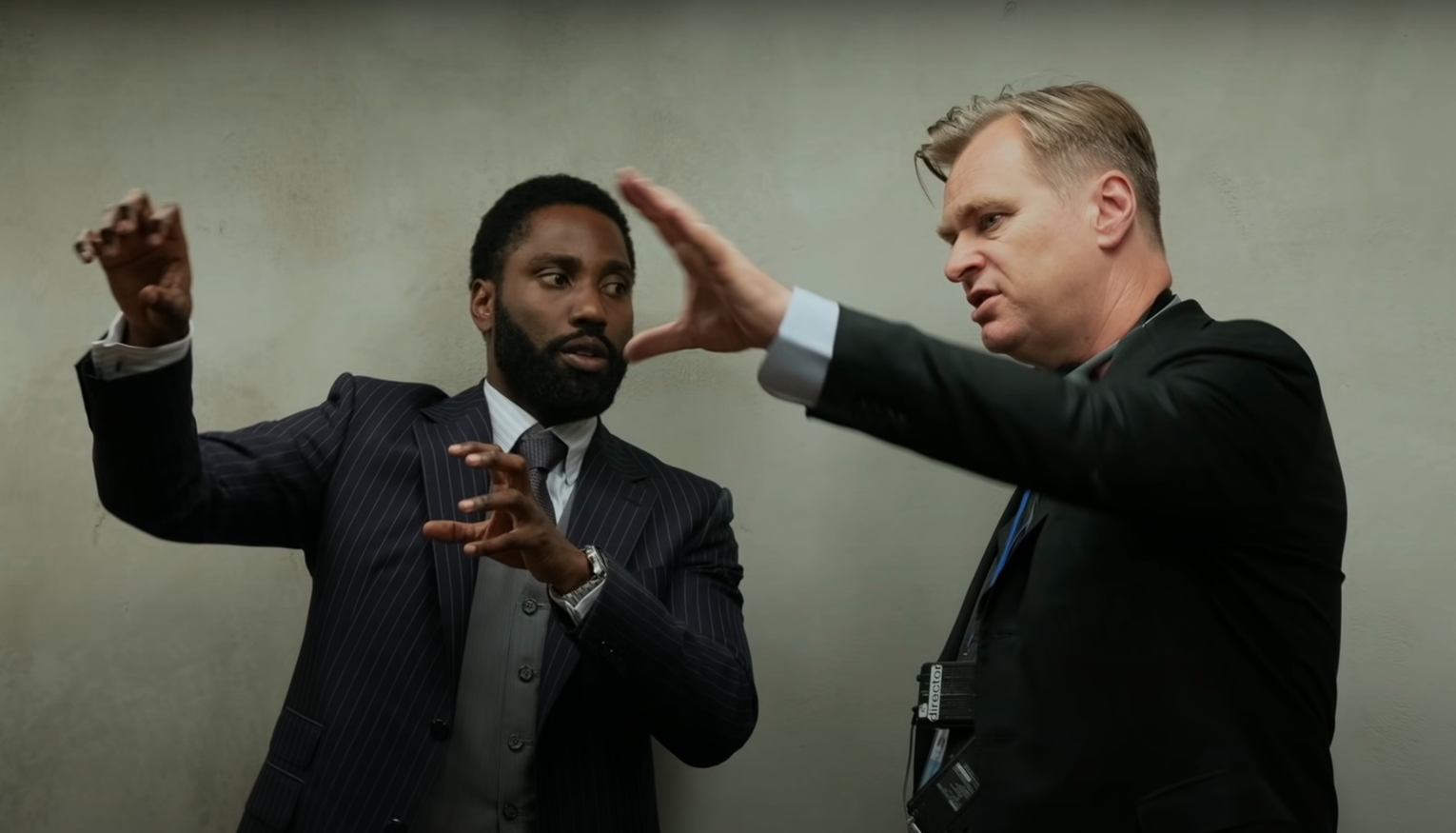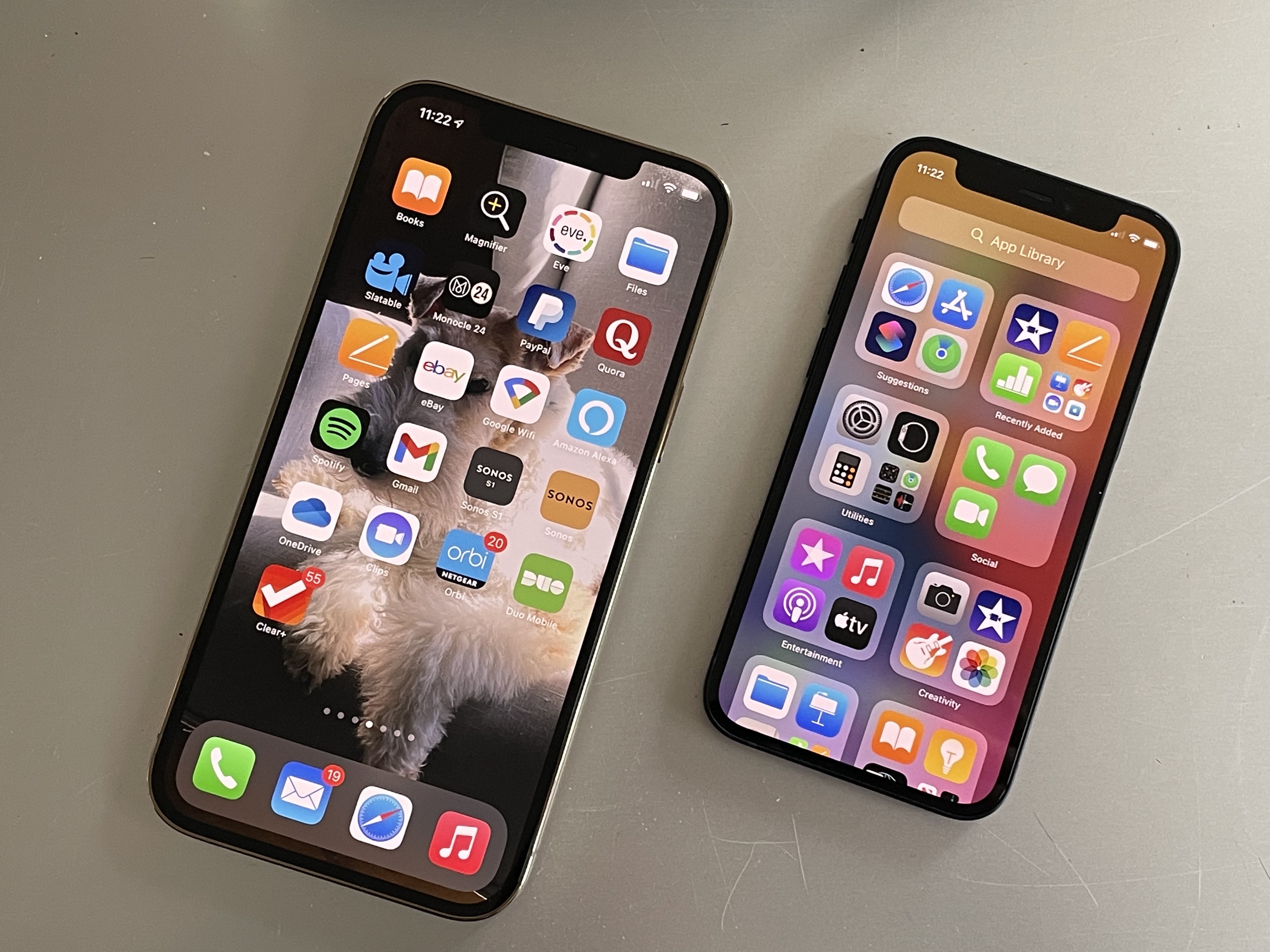Below is a guest blog post by our entertainment critic Michael McNeely. Be sure to catch Michael every Friday on NOW with Dave Brown for his weekly film preview and discussions on the latest news in film!
Michael writes:
Sometimes, when you watch, listen to, or read a piece of entertainment, disability is present. For example, in the film Forrest Gump the title character is presumably a man with an intellectual disability, however the disability is never named.
The following is a list of questions or things to look for to help you do a critical disability analysis of how disability is represented in entertainment.
Are there performers or people working behind the scenes with a disability?
The Netflix series Special stars Ryan O’ Connell, who is gay and has cerebral palsy. He is also playing a character who is gay and has cerebral palsy. Ryan O’Connell also created and wrote the show himself. If the answer to the question above is yes, this may mean a closer approximation to the reality of someone with a disability.
Note: Many films that deal with disability issues work with consultants who have disabilities and lived experience. It is good to employ people with disabilities in any production, both in front and behind the camera (or microphone).
Is the material intended for people with disabilities, for the general public, or for both?
When I reviewed Sightless, I found that the film had no bearing in reality to how people who are blind or low-sighted actually live. Sometimes pieces of entertainment geared to the general public sensationalize disability by making disability seem as if it is more of an issue than it actually is.
How is disability addressed?
Do the characters have disabilities? If so, what are they? If it is not known specifically what they are, is there a good reason for not providing a diagnosis of the disability? Not labelling a disability can be a positive thing: telling us that a label does not matter. At the same time, not labelling a disability can make the disability seem more frightening or humorous: it can mean different things to different people. Negative aspects of labelling can also lead to stereotypes and expectations that people will act the same way as the character in the piece of entertainment.
At the same time, if there is a diagnosis or label of a characters’ disability: is it realistic? False information can be damaging.
Is disability negative, neutral, or positive?
In Penguin Bloom, based on a true story, the main character falls while on vacation in Thailand, and finds life with paralysis rather upsetting and isolating. She does not meet others with disabilities, nor does she seek to find accommodations. Disability in this film is portrayed as heavily negative, and may reinforce ideas that disability always means needless suffering and limited options of finding happiness again.
Disability has had a long history of being portrayed as negative. Many films involving people with disabilities portray them as helpless, suicidal, and a burden on others in society. People with disabilities should be portrayed as human, first and foremost, and should not wallow in tragedy. More creative films and TV series have shown people with disabilities working hard to gain support systems in life or pursuing romantic relationships.
Physical disabilities have often been used as a short-hand in movies and TV shows as indicating that the character is evil. Note most Bond villains have some sort of physical disability or have clues that they are physically disabled – such as scars, paralysis, prostheses, missing body parts, etc. It is often the case that someone with a physical disability will be represented as having a mental disability, such as psychopathy, which can prove fatal to the main character.











